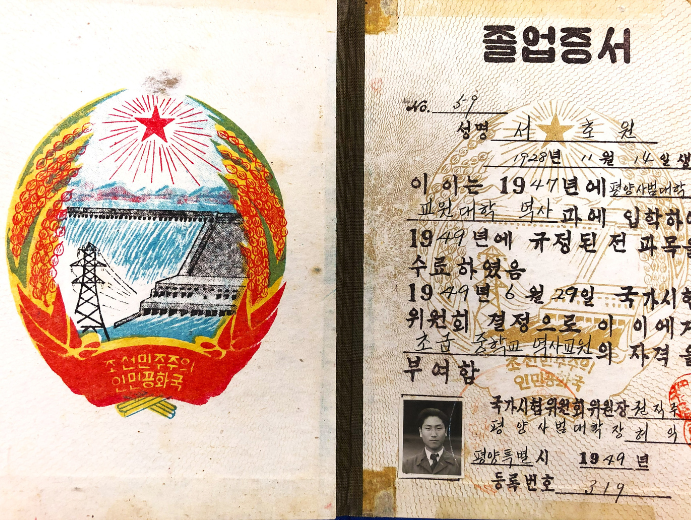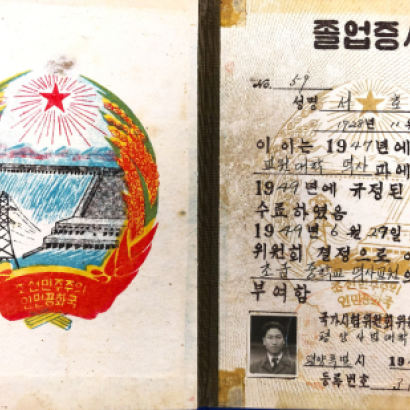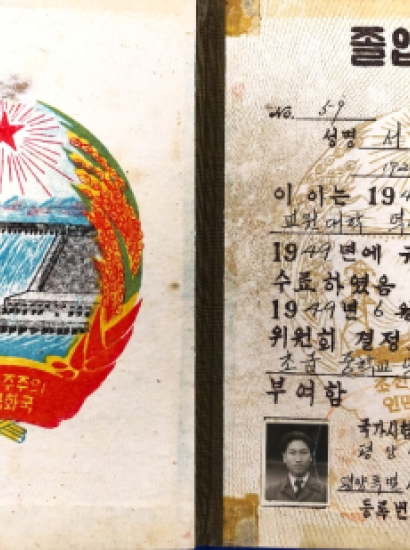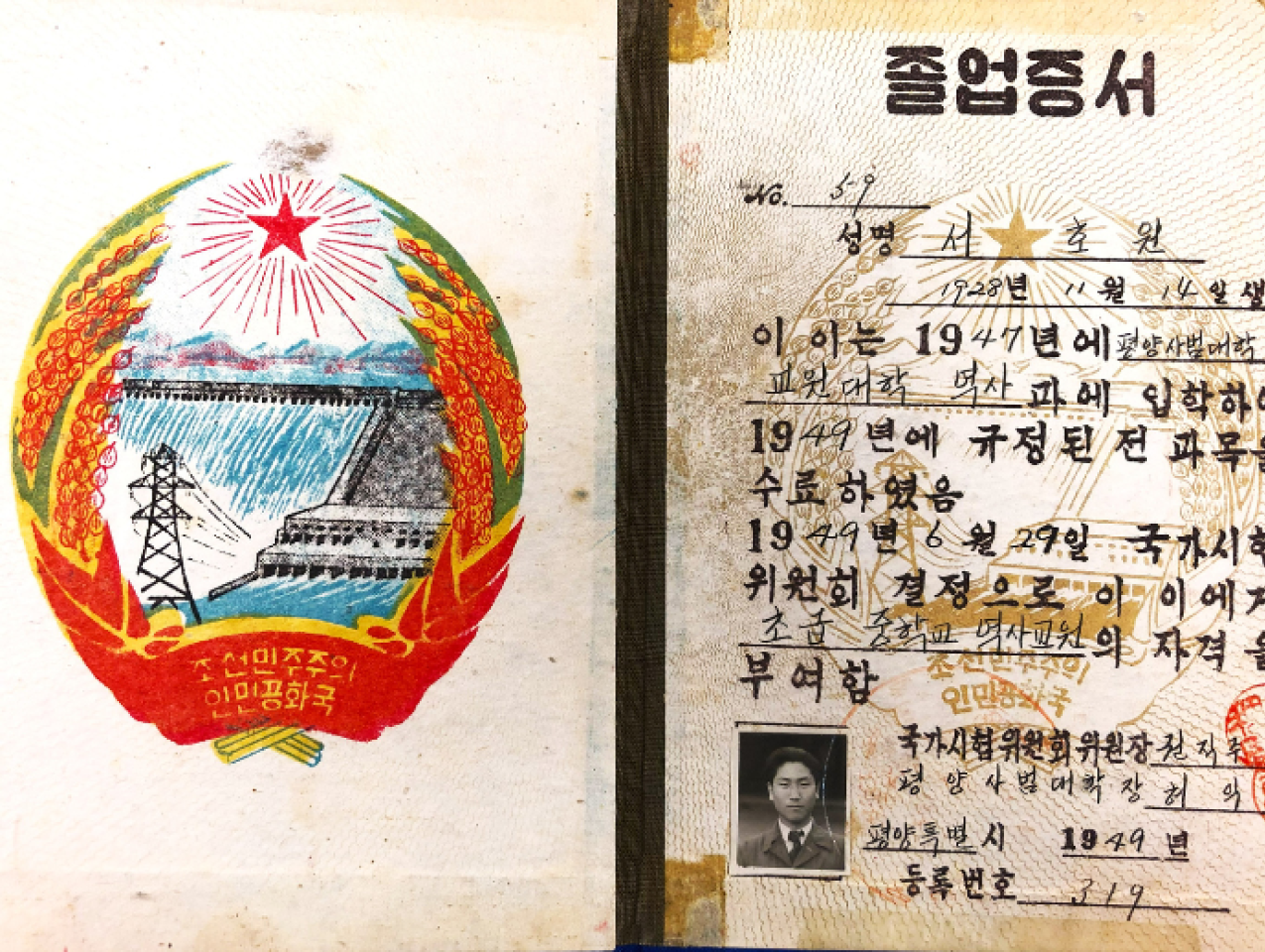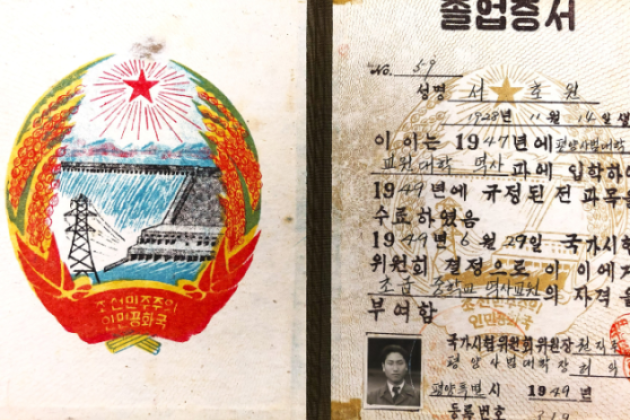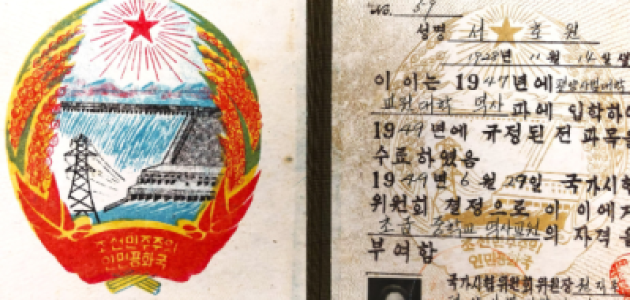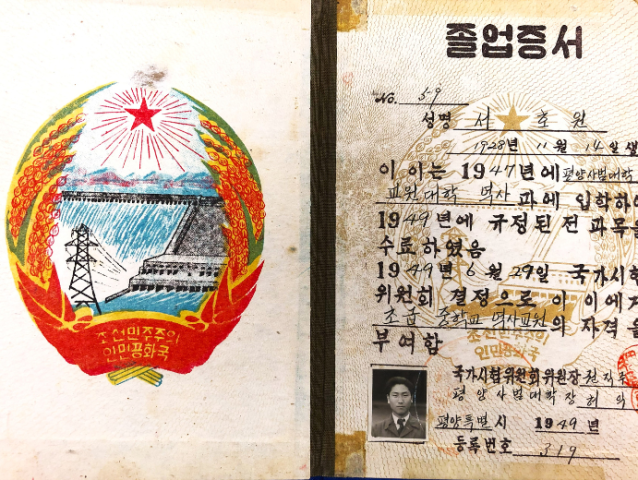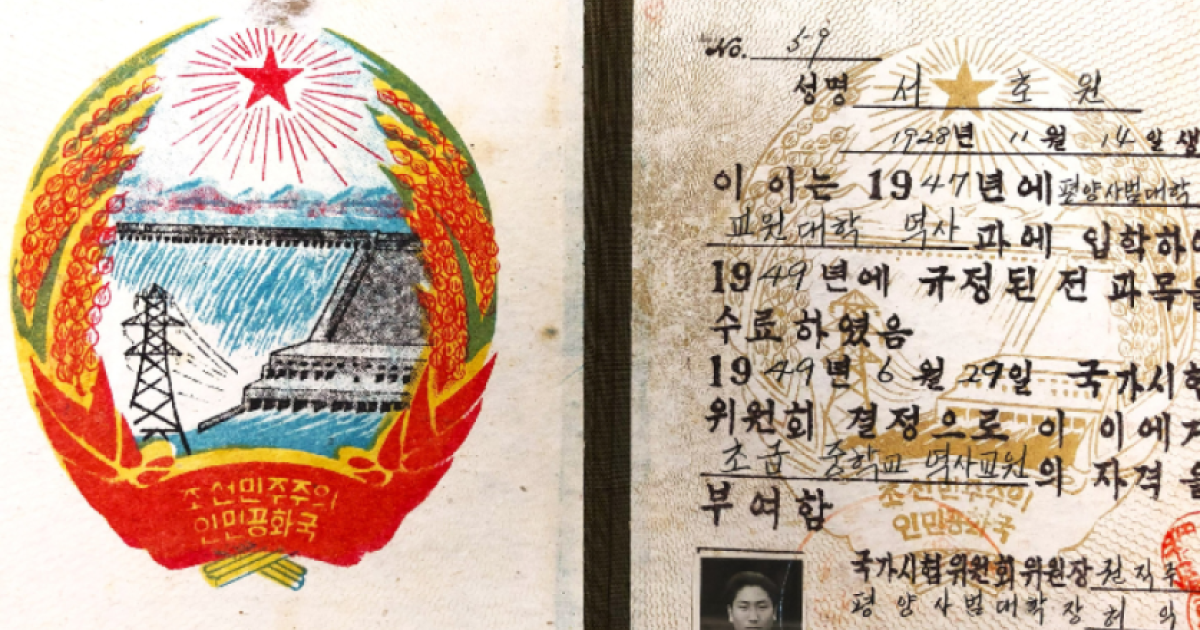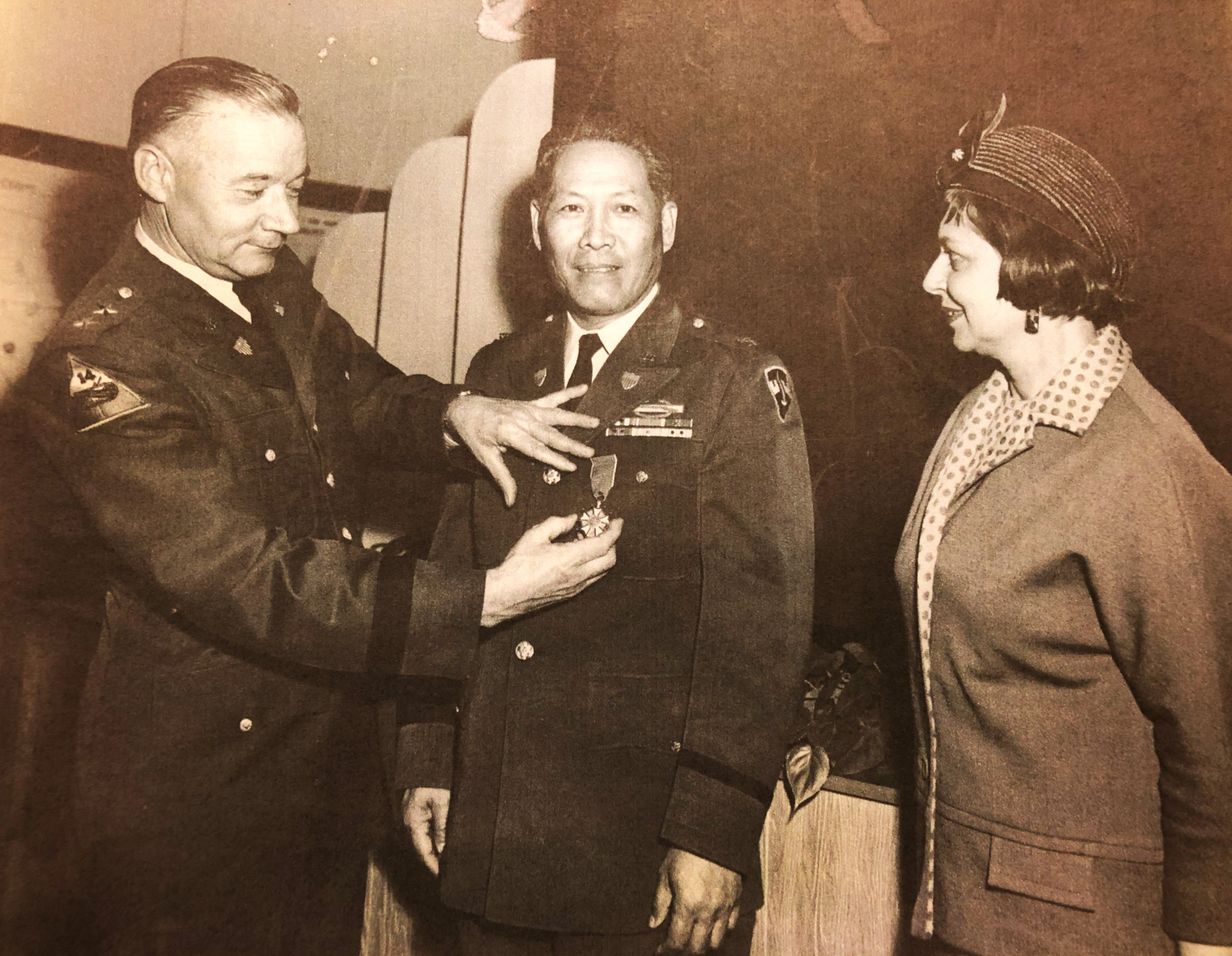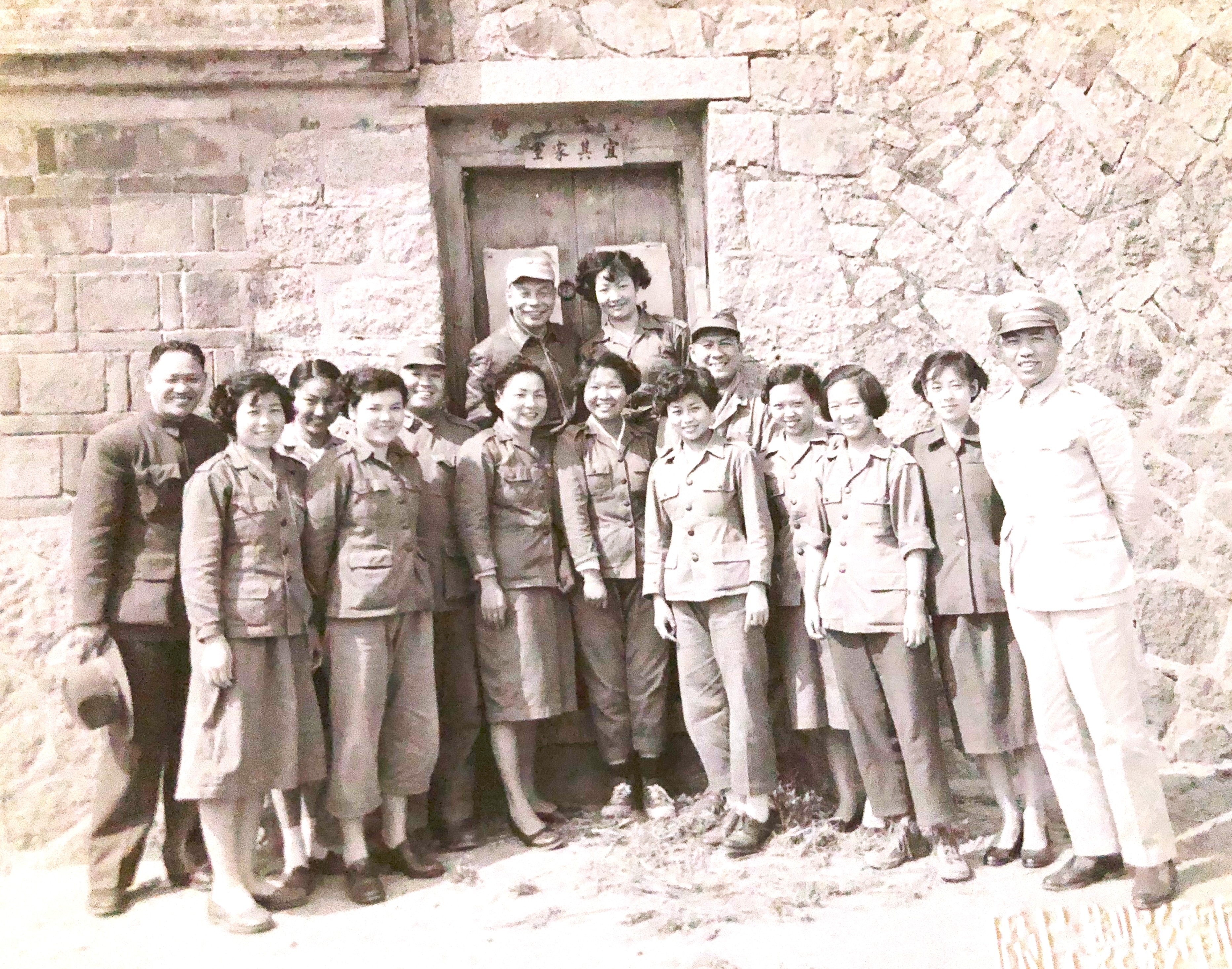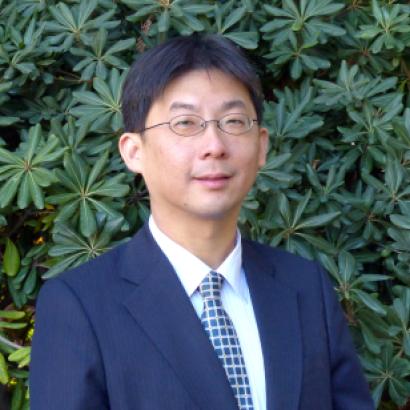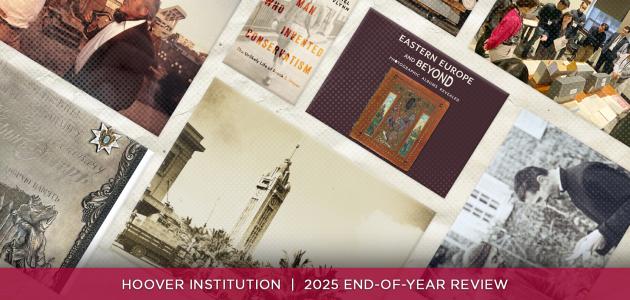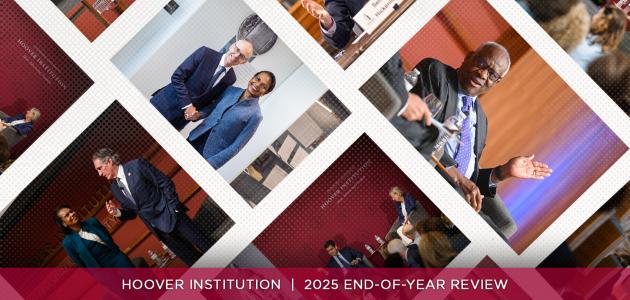Hoover Institution (Stanford, CA)—Jack T. Young (1910–2000) led a life that spanned continents, conflicts, and causes. Born in Kona, Hawaii, Young moved with his family to China at the age of three. He completed his early education in Wuhan, Hubei Province, before studying at Fudan University in Shanghai and later at New York University.
In the late 1920s, Young served as interpreter and guide on the Kelley-Roosevelt-Field Museum Expedition, traveling with Kermit Roosevelt and Theodore Roosevelt Jr. along the Mekong River. The expedition gathered nearly two thousand small mammal specimens and forty large mammals, advancing zoological knowledge of the region. Then, in the early 1930s, Young and several American companions became the first to summit Minya Konka, a 24,790-foot peak on the Sino-Tibetan border and the third highest mountain outside the Himalayan and Karakoram ranges.
When war broke out between China and Japan in 1937, Young returned to China and joined the Chinese Nationalist (Kuomintang) army, rising to the rank of major general under Chiang Kai-shek. In 1943, he was commissioned into the US Army and tasked with intelligence operations behind Japanese lines. Following the war, Young was a key member of the Marshall Mission to China, where he assisted in mediating negotiations between the Kuomintang and the Chinese Communist Party.
During the Korean War (1950–53), Young commanded a security task force within the US Second Infantry Division. He oversaw South Korean police units in Pyongyang, coordinated intelligence efforts, and worked to protect refugees displaced by advancing North Korean forces. In 1954, he was assigned to the US Military Assistance Advisory Group in Taiwan, where he liaised with the Ministry of National Defense’s Political Department under the supervision of Chiang Ching-kuo, son of Chiang Kai-shek.
Young continued his service in Indochina during the early 1960s as part of General William Westmoreland’s Joint Intelligence Staff. His distinguished career earned him numerous honors, including two Presidential Medal of Freedom awards, the World War II Congressional Gold Medal, two Silver Stars, two Legion of Merit awards, three Bronze Stars, and the Special Breast Order of Yun Hui, alongside many other recognitions from both the United States and the Republic of China.
After moving to St. Louis in 1965, Young managed the former US Army Administration Center in Overland until his retirement in 1968. He lived there until his death in 2000.
The Jack T. Young papers at the Hoover Institution Library & Archives preserves this remarkable story through personal writings, correspondence, photographs, official reports, news clippings, films, maps, and printed materials. Together, the materials follow Young’s path from explorer to soldier, from mediator to military advisor. They detail his life and illuminate the complex history of China before and after the 1949 divide, as well as the evolving relationship between the United States in the twentieth century.




